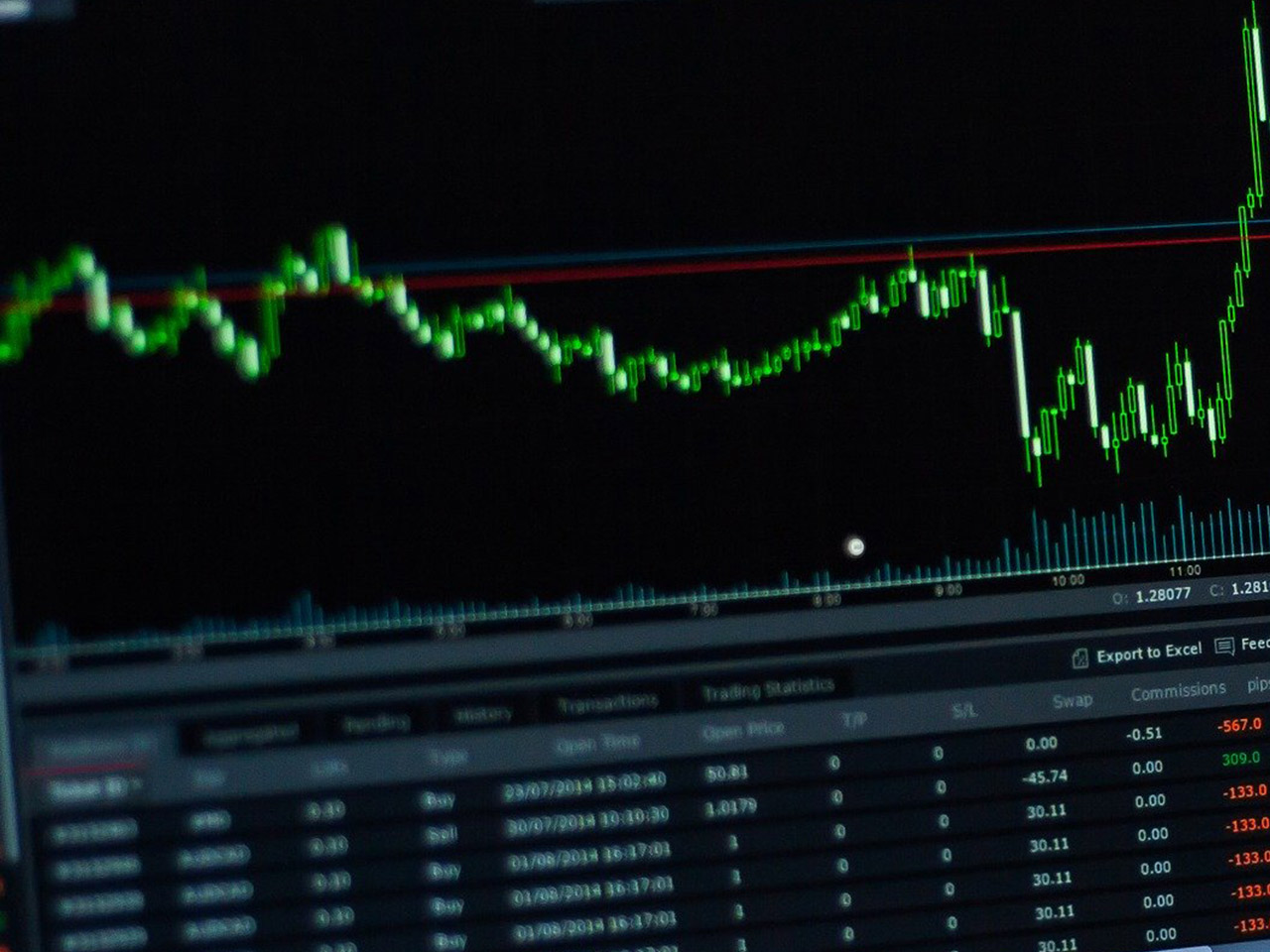Investors with a penchant for the financial sector, particularly asset management, may find Ashmore Group PLC (ASHM.L) an intriguing prospect, not least because of its substantial dividend yield. Based in the United Kingdom, Ashmore Group is a prominent player in emerging markets, specializing in equity and fixed income investments. However, the path for investors is not without its hurdles, as the company faces significant challenges reflected in its current financial metrics and market sentiment.
Ashmore Group, with a market cap of $1.2 billion, is listed on the London Stock Exchange and operates within the asset management industry. Despite the firm’s robust market presence, its stock price has shown limited movement, currently pegged at 182.9 GBp, with a slight, negligible dip of 0.10 (0.00%). The stock has seen a 52-week range between 125.10 GBp and 216.60 GBp, indicating a level of volatility typical in the asset management sector, especially one focused on emerging markets.
A standout feature for income-focused investors is the company’s impressive dividend yield of 9.23%. However, this comes with a cautionary note, as the payout ratio stands at an unsustainable 143.59%, raising questions about the sustainability of such dividend payouts in the long term. This high payout ratio suggests that the company is currently paying out more in dividends than it earns, a strategy that may not be viable if revenue trends do not improve.
The valuation metrics reveal further complexities. Ashmore’s forward P/E ratio is an astronomical 2,378.10, signaling potential overvaluation concerns or anticipated future earnings growth that might not materialize. With revenue growth plummeting by 31.30%, the company is under pressure to reverse this trend to justify its market valuation. Moreover, other key valuation metrics such as PEG Ratio, Price/Book, and Price/Sales are not applicable, leaving potential investors without these traditional tools for assessing company worth.
Performance metrics are a mixed bag, with a return on equity (ROE) of 10.12% suggesting reasonable profitability relative to shareholder equity. However, the absence of net income data and a negative revenue growth trajectory indicate financial headwinds. The company’s free cash flow of £92.225 million provides some liquidity cushion but may not be sufficient to support its high dividend payouts without compromising future growth investments.
Analyst sentiment towards Ashmore is cautious. With one buy rating, six hold ratings, and three sell ratings, the consensus is predominantly neutral to bearish. The average target price of 159.50 GBp suggests a potential downside of -12.79%, which may deter growth-focused investors. Nevertheless, the target price range of 123.00 GBp to 240.00 GBp reflects differing opinions on the stock’s future trajectory, influenced by Ashmore’s exposure to volatile emerging markets.
Technically, Ashmore’s stock is below both its 50-day and 200-day moving averages, at 174.60 GBp and 160.43 GBp respectively, indicating a possible downward trend. The Relative Strength Index (RSI) of 21.76 suggests the stock is oversold, which might attract contrarian investors looking for a rebound. Meanwhile, the MACD of 3.17 compared to the signal line of 2.87 hints at a potential bullish crossover, although investors should tread carefully given the broader financial context.
In the dynamic world of asset management, Ashmore Group PLC stands at a crossroads. Its strong dividend yield is enticing, yet the financial and market headwinds demand cautious consideration. Investors should weigh the risks and rewards, particularly those related to emerging markets’ volatility and the company’s current financial health, before making investment decisions.





































